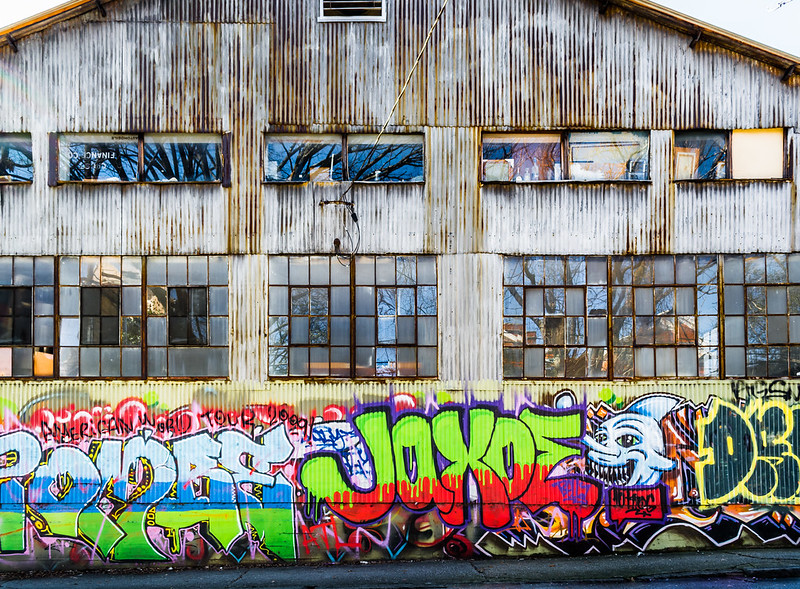As reported by Law360, CanLII is filing suit against the Caseway AI chatbot over allegations of a mass scrape of CanLII’s content.
I’m a big CanLII fan. I use it all the time, including on multiple blog posts on this site, and recorded a podcast episode about it some time ago. It’s a phenomenal resource.
There are a few things that will be unpacked here, in the courts or otherwise.
CanLII’s main claim to fame isn’t original content, but being a central resource that consolidates legal decisions in Canada.
That said, the very first point in the Statement of Facts, per CanLII, is
- The plaintiff, the Canadian Legal Information Institute (“CanLII”), is a not-for-profit organization that owns and operates a proprietary search engine and database containing its work product, including court decisions, legislation and secondary sources that have been reviewed, curated, catalogued and enhanced by CanLII at significant cost and effort (the “CanLII Works”).
This would be tricky to defend on copyright grounds. The Supreme Court has upheld copyright in “headnotes, case summary, topical index and compilation of reported judicial decisions” in the past.1CCH Canadian Ltd. v. Law Society of Upper Canada, [2004] 1 S.C.R. 339, 2004 SCC 13 Broadly speaking, most of what CanLII does isn’t original work.
But some of it is! From the Statement of Facts, 18(i) CanLII:
summariz[es] court decisions and generating an original analysis containing case facts, procedural history, parties’ submissions, legal issues, disposition, and reasons for judgment, with links to the pertinent paragraph numbers within the body of the corresponding decision;
This clearly aligns with the SCC decision above, and if it’s found that Clearway included and used the original works in their scrapes, that’s not great for them.
What’s really interesting is that CanLII is approaching this as a breach of contract, via the Terms of Use for the website. It feels, to my eyes, like they know the copyright case is inherently a bit shaky, and the clearer path is to reinforce the copyright infringement claim with the breach of contract.
This distinguishes CanLII from other high-profile lawsuits against AI by creators claiming copyright violation. Sarah Silverman, for instance, doesn’t have terms of use. (I’m sure Sarah Silverman could make a great and filthy joke about her “terms of use,” but I digress.)
The TOS tack is novel, to my knowledge.
Caseway’s counter-arguments to CanLII’s claims are, well, kinda stupid. Per the Law360 article:
“Our AI is built to pull and analyze unaltered court documents directly from public sources, ensuring compliance with copyright and intellectual property laws. CanLII’s attempt to restrict us from using their data is essentially moot, as we’re already avoiding it,” [Alistair Vigier, co-founder of Caseway AI] said in a statement.
But… Caseway did. Whether or not the documents are publicly accessible doesn’t alter the fact that they pulled them from CanLII.
And
He added that he had never seen or accepted CanLII’s terms of service and noted that Caseway does not incorporate CanLII’s works in any way that masks, frames, or misrepresents their origin.
Yeah, nobody ever reads those things, huh? That doesn’t mean they don’t exist (digging in the crates again, I did a fun podcast episode several years ago with Peter Kissick about the contracts nobody reads). But they’re there. Ignore them at your peril.
Vigier noted that an injunction restricting Caseway from using CanLII’s data would not impact its operations as it is not using any CanLII data in its system.
Whether or not they’re presently using the data is again immaterial to whether or not they violated the TOS and copyright of CanLII.
I’m looking forward to seeing how this plays out. Hopefully not an out of court settlement; there are some nuances around the value of categorization and analysis that seem to fall under the SCC threshold established in CCH that could be interesting to see threshed out in court.
And the recursive loop of looking all this up in CanLII will be fun.
- 1CCH Canadian Ltd. v. Law Society of Upper Canada, [2004] 1 S.C.R. 339, 2004 SCC 13



